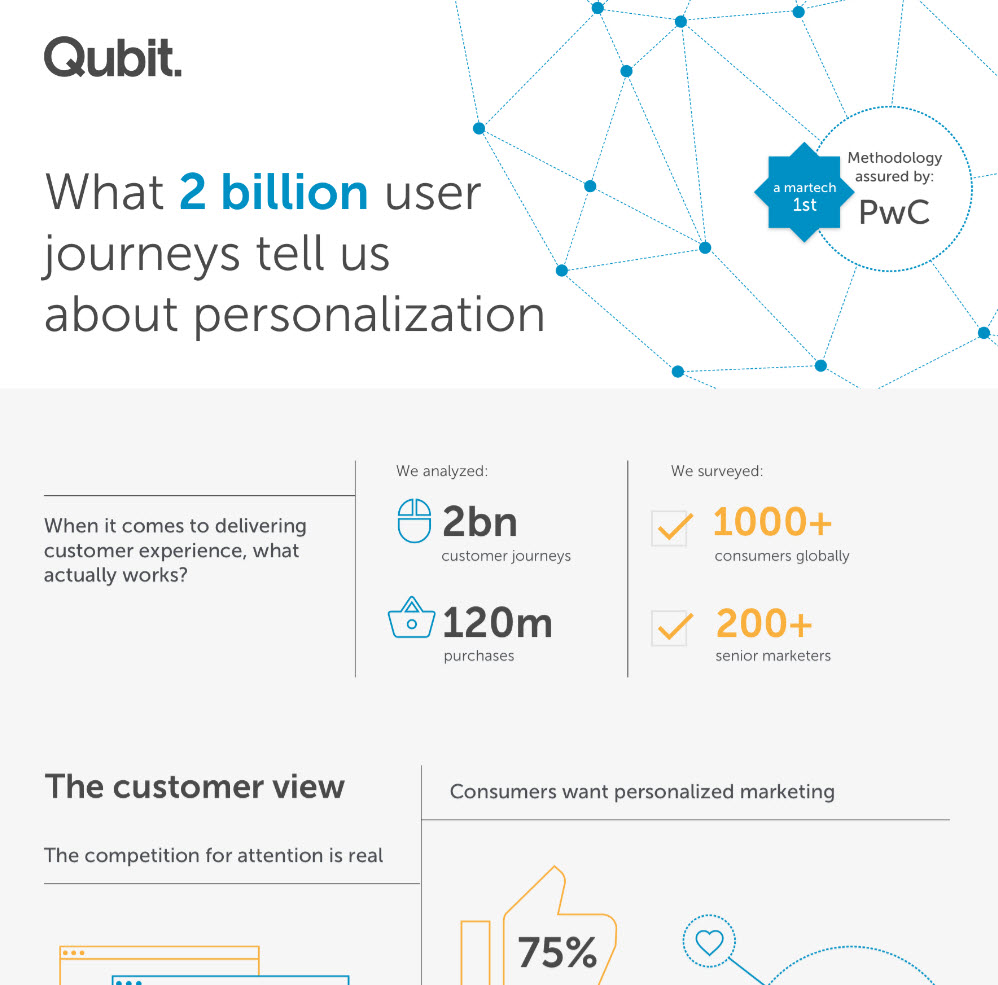What’s next in digital marketing personalization?
Customizing websites to each visitor can completely alter an online experience. For my Greek readers you can take a look at my TedX talk, for more info on the importance of a personalized experience. That’s why digital marketing personalization is a hot topic for the past few years.
Personalization these days is not just being able to send an email with the recipients name on top. As a visitor, I want to feel that the website and its administrators know me and everything is customized to my needs, starting from the content and all the communications (e.g. email campaigns, marketing channel ad split etc.). An online store personalized experience should feel like going to a store and getting help from an employee who knows you.
Digital marketing personalization facts
Adobe’s digital marketing blog hosted an online discussion on this topic, and below are the most important points on the future of digital marketing personalization:
-
- 74% of online shoppers get frustrated when content is not relevant to their interests
- 77% of customers choose recommended, or spend more with brands that provide a personalized experience
- 89% of businesses report improved results from personalization
- A personal experience evokes a genuine emotional response
- AI has the ability to give insight into:
- What customers might buy in the future
- What customers are interested in
- Their preferred channel and device
- When they’re most likely to make a purchase
- Which marketing campaigns are most likely to perform
- AI isn’t about replacing human contact, it’s about humanizing what isn’t human now and freeing up resources to engage more.
- Learn emotional intent — helping analyze the “why” behind every engagement.
Source: Adobe digital marketing cloud blog
Take some time to review this very interesting infographic from Qubit, quantifying the ROI of personalization and the most important issues preventing organizations from personalizing their communication with the customers (click for the full-res image).

Full research is available here.


